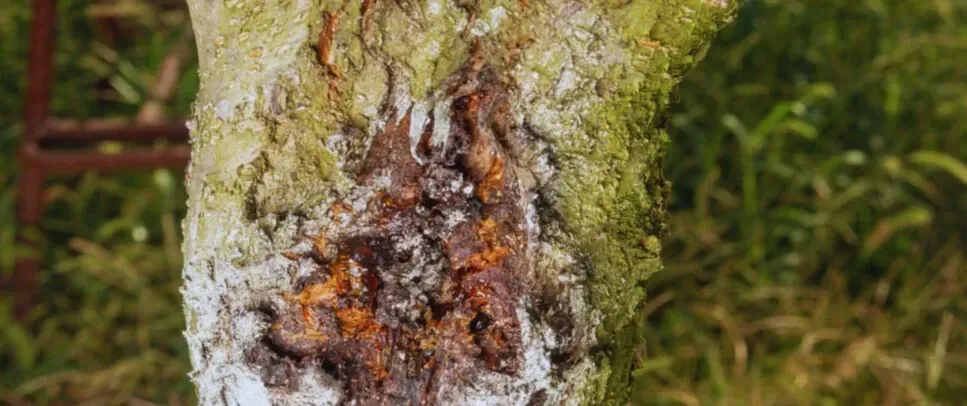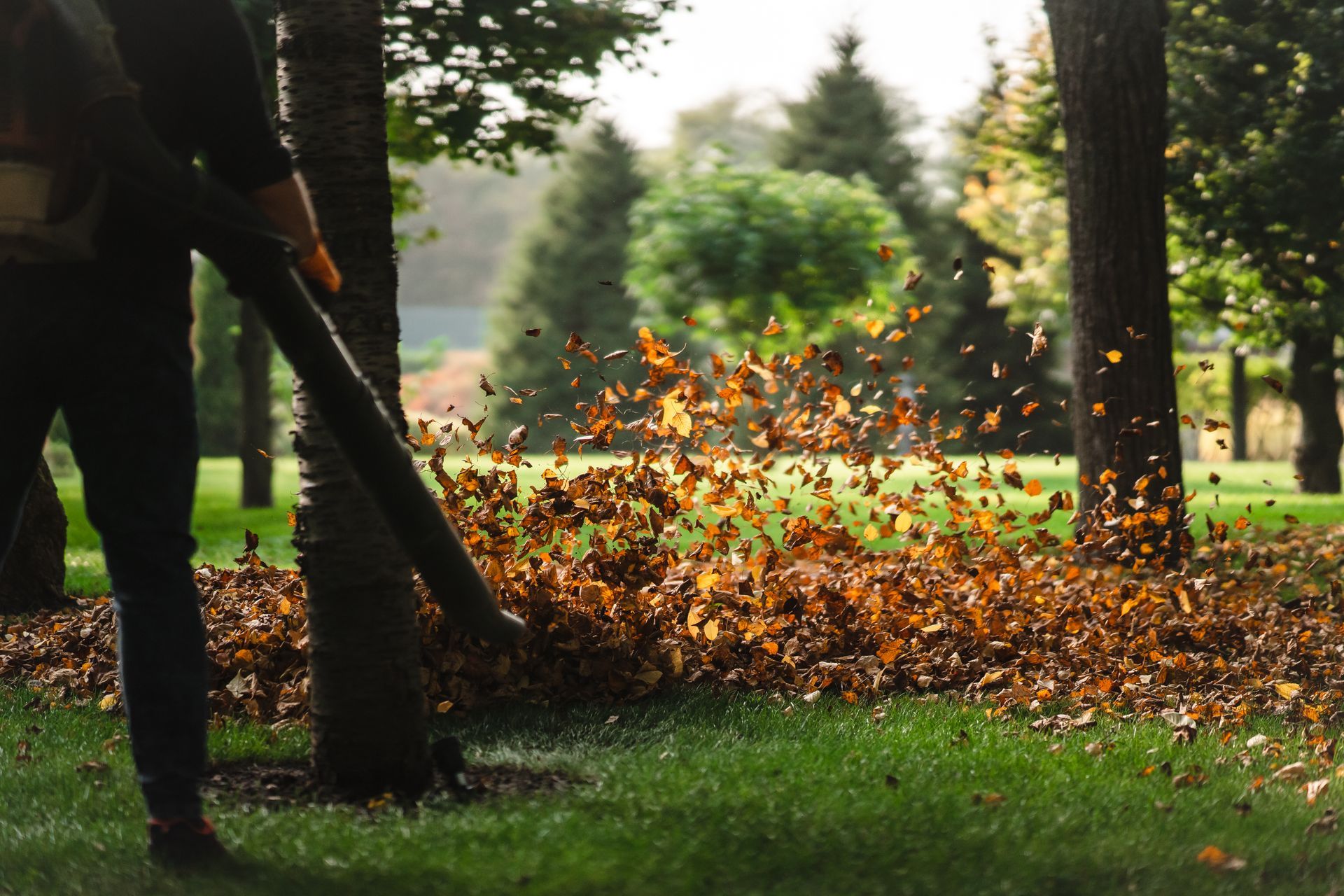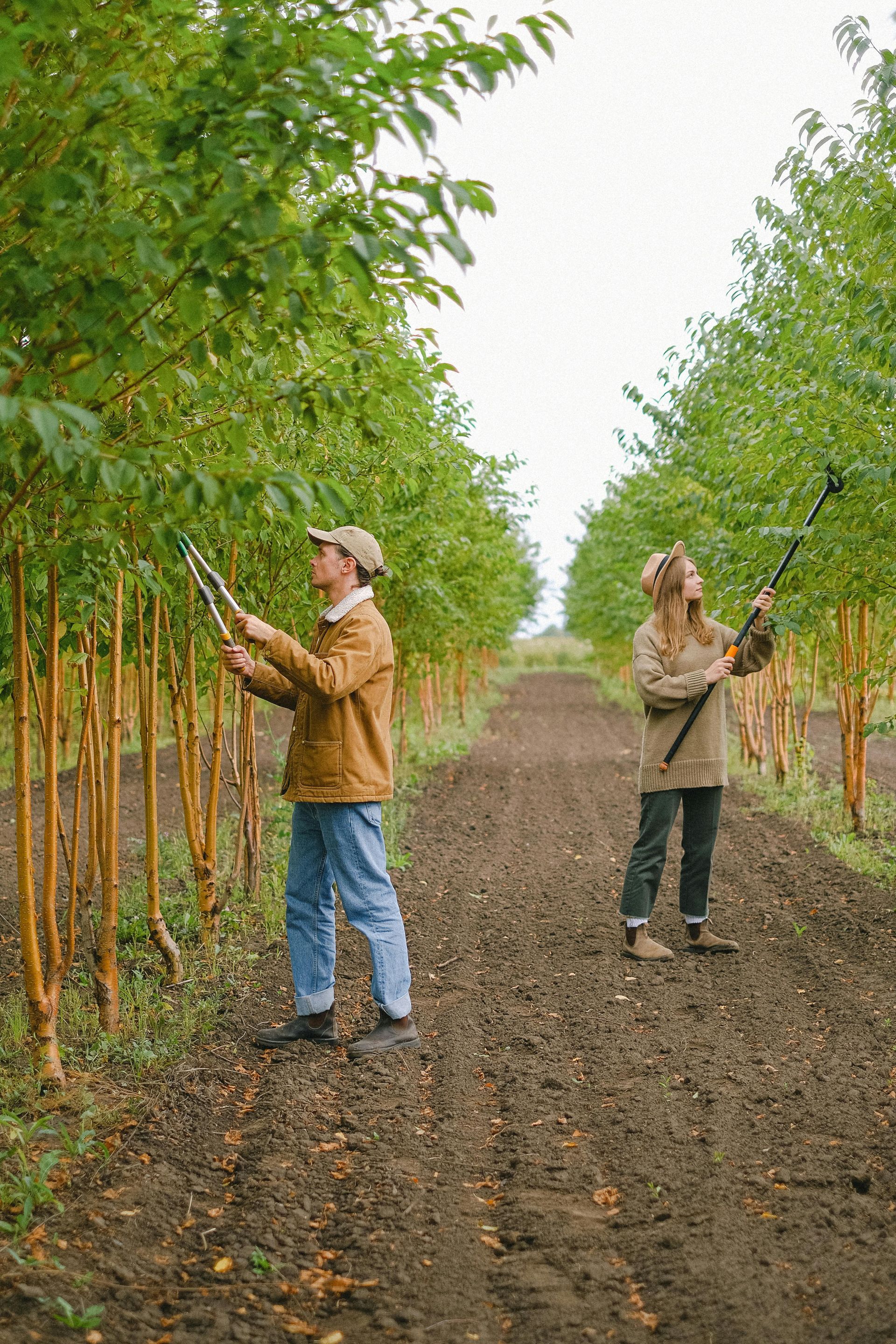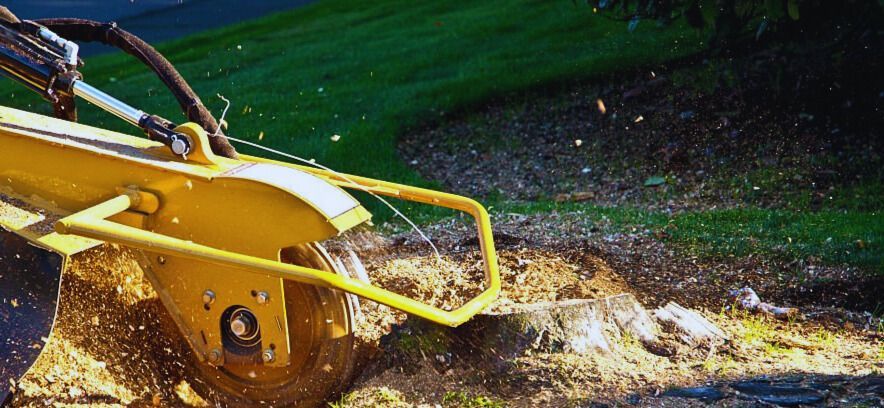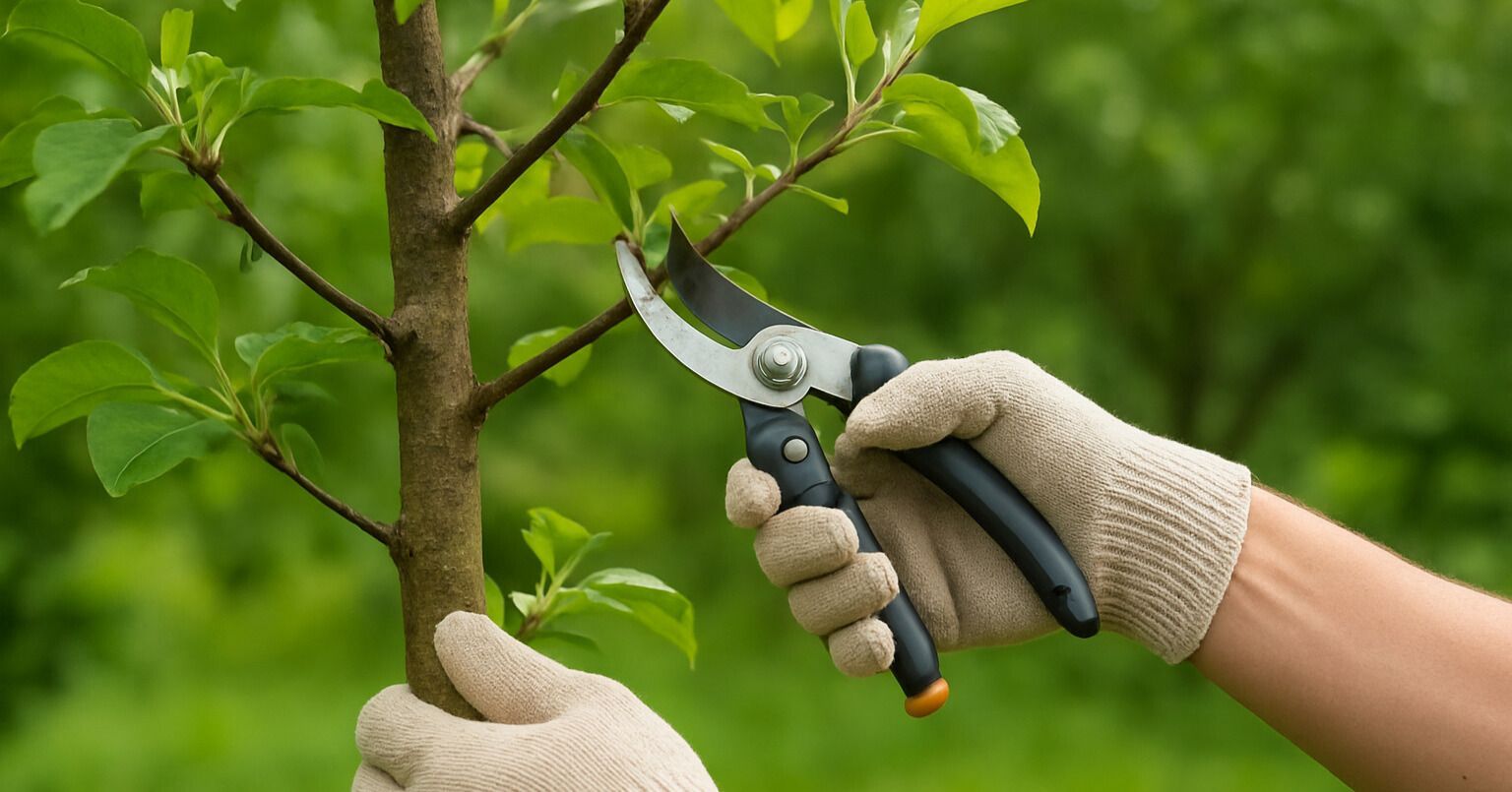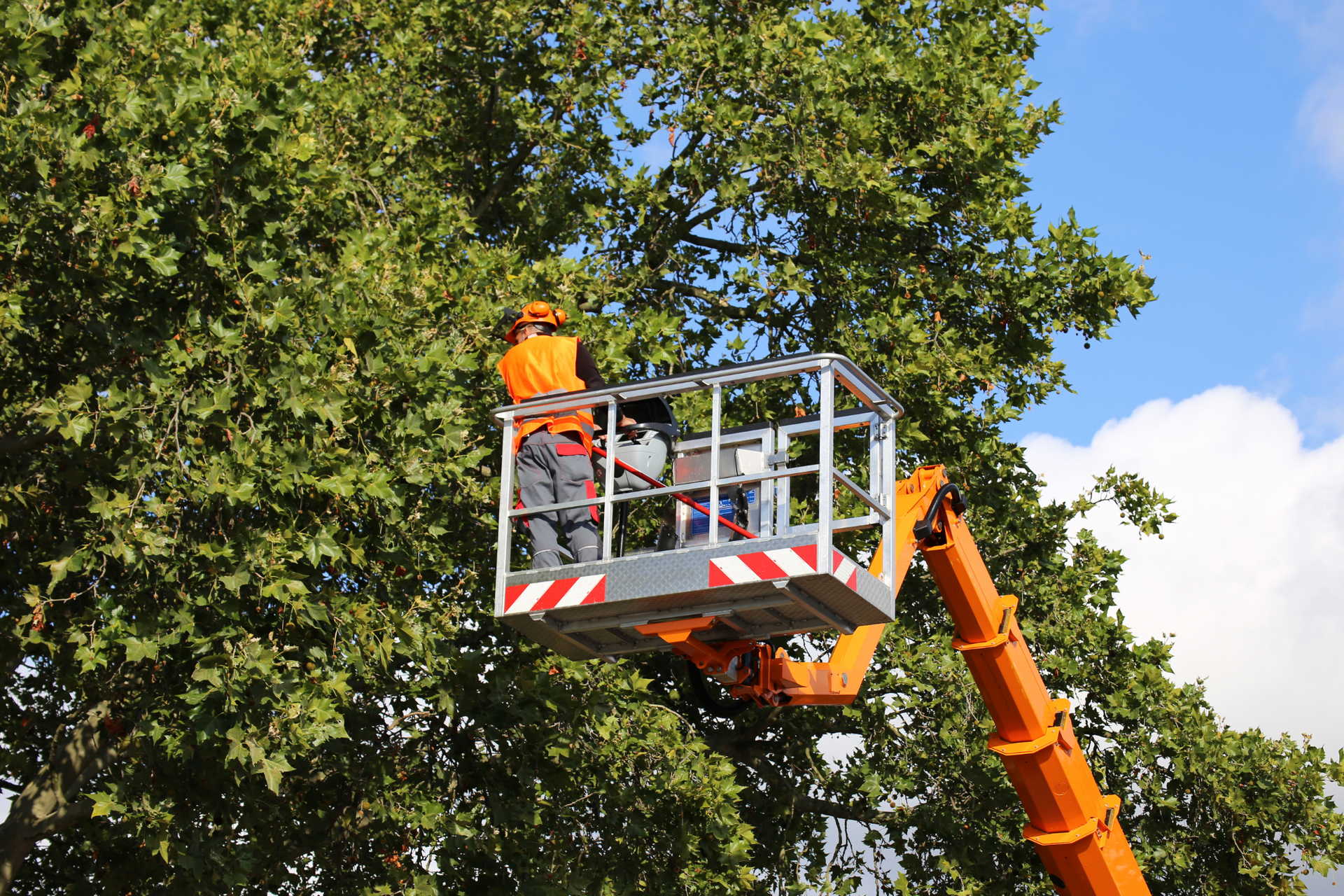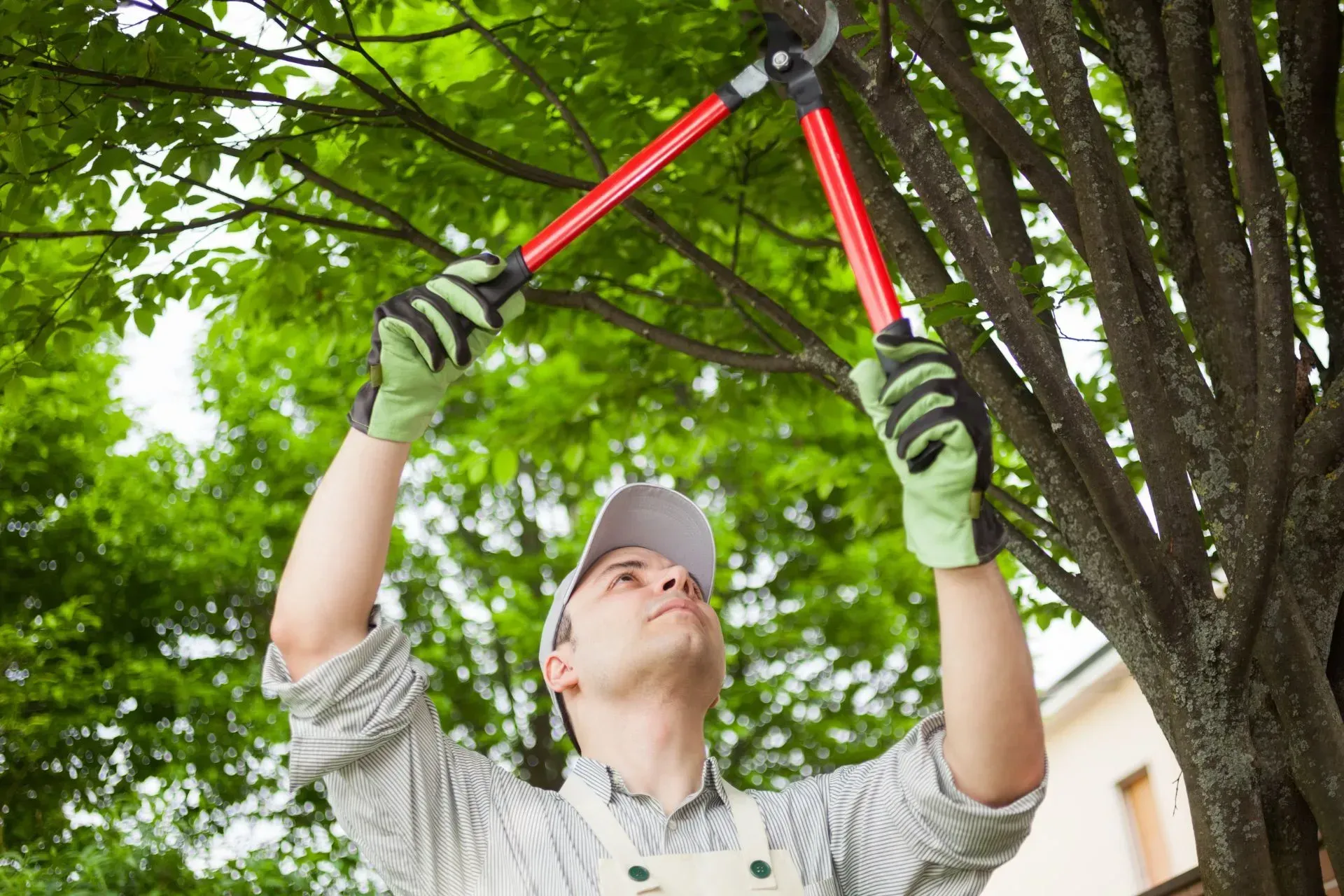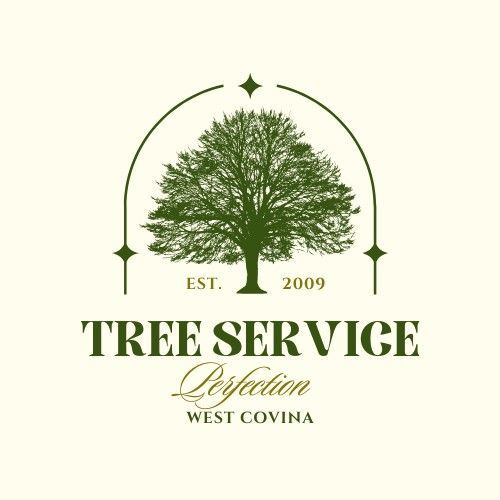The Art of Tree Care: Keeping Your Property’s Trees Strong and Vibrant
Discover the art of tree care to keep your property’s trees strong and vibrant. Learn expert tips on pruning, watering, soil care, and disease prevention for healthier trees.
Introduction to Tree Care
Trees are more than just towering greenery on your lawn — they’re living, breathing investments that can enhance your property’s value, boost curb appeal, and support the environment. Mastering the art of tree care means understanding how to nurture these natural giants so they stay strong, vibrant, and disease-free.
Whether you're a homeowner with a single oak or managing multiple species across a sprawling yard, proper tree care ensures safety, aesthetics, and ecological benefits for years to come.

The Art of Tree Care
The term “tree care” might sound simple, but it's a balanced blend of science, attention, and artistry. It’s not just about trimming branches. It’s about reading the needs of each tree, understanding their growth patterns, knowing when to intervene, and recognizing when to let nature take its course. A well-maintained tree becomes a centerpiece of your landscape, offering both shade and style.
What sets expert tree care apart is its proactive nature — not waiting for something to go wrong, but ensuring things go right from the beginning.
Understanding Tree Biology
Knowing how trees live and grow helps you make better care decisions. Trees absorb water and nutrients through roots, store energy in trunks, and use sunlight for photosynthesis. Sounds basic, right? But different species react differently to sunlight, water levels, and soil pH. For example, pine trees prefer acidic soil, while maples like more neutral pH levels.
Understanding these biological basics allows you to adjust care strategies based on your local climate, tree species, and even yard layout.
The Importance of Regular Tree Maintenance
Trees, like people, thrive with regular care. Scheduled maintenance prevents disease, promotes even growth, and stops minor issues from snowballing into major problems. Key benefits of regular maintenance include:
- Enhanced structural integrity
- Reduced risk of falling limbs
- Better resistance to pests
- Improved visual appeal
Consistent tree service also helps homeowners comply with local safety regulations and avoid liability risks.
Tree Pruning Techniques
Pruning is more than hacking off branches. Done right, it reshapes a tree’s structure, encourages healthy growth, and removes dangerous or diseased limbs.
Here are some common pruning techniques:
- Crown Thinning: Removes excess branches to allow light and airflow.
- Crown Raising: Elevates lower limbs to clear space beneath.
- Crown Reduction: Reduces overall tree height or width without harming its core.
The ideal time to prune depends on the tree type. For instance, deciduous trees do best when pruned in late winter, while evergreens respond better to light summer pruning.
Watering and Fertilizing Your Trees
Trees don’t need daily watering like flowers, but consistent hydration is vital—especially for young or newly planted trees. Deep watering once a week is typically better than light, frequent sprinkles.
For fertilizing:
- Use slow-release fertilizers rich in nitrogen, phosphorus, and potassium.
- Apply in early spring or late fall.
- Avoid over-fertilizing, which can burn roots and stunt growth.
Think of fertilizer as a vitamin boost — helpful when needed, but harmful in excess.
Mulching for Tree Health
Mulch works wonders for tree health. It locks in moisture, keeps roots cool, and suppresses weed competition.
Tips for proper mulching:
- Use organic mulch like wood chips or bark.
- Apply in a 2-4 inch layer.
- Keep mulch a few inches away from the trunk to prevent rot.
Mulching is an affordable and effective way to protect your tree's root zone and improve soil health.
Recognizing Tree Diseases Early
Catching a disease early can save a tree. Keep an eye out for:
- Discolored leaves
- Peeling bark
- Cankers or visible fungus
- Stunted growth
Diseases like root rot, powdery mildew, and Dutch elm disease can devastate trees if left unchecked. At the first sign of trouble, consider a Tree Service professional inspection to diagnose and treat the issue.
Pest Control for Trees
Insects like aphids, borers, and caterpillars can wreak havoc. Here’s how to defend your trees:
- Use neem oil or insecticidal soap for light infestations.
- Encourage beneficial bugs like ladybugs.
- Consider tree injection treatments for serious pests.
Avoid harsh chemical treatments unless absolutely necessary—they can harm wildlife and contaminate soil.
The Role of Soil Health in Tree Growth
Healthy trees start with healthy soil. Poor soil leads to poor root development, nutrient deficiency, and weak growth.
Key soil factors to consider:
- pH level (ideal: 6.0 to 7.5 for most trees)
- Drainage capacity
- Nutrient content
Soil tests are cheap and can guide corrective action like aeration, composting, or lime application.
Storm Preparation and Tree Safety
Storms can topple trees, damage roofs, and injure people. Here’s how to prep:
- Prune dead or weak branches
- Stake young or vulnerable trees
- Check for signs of internal decay
After a storm, inspect trees for damage and Contact professionals if you're unsure whether removal is necessary.
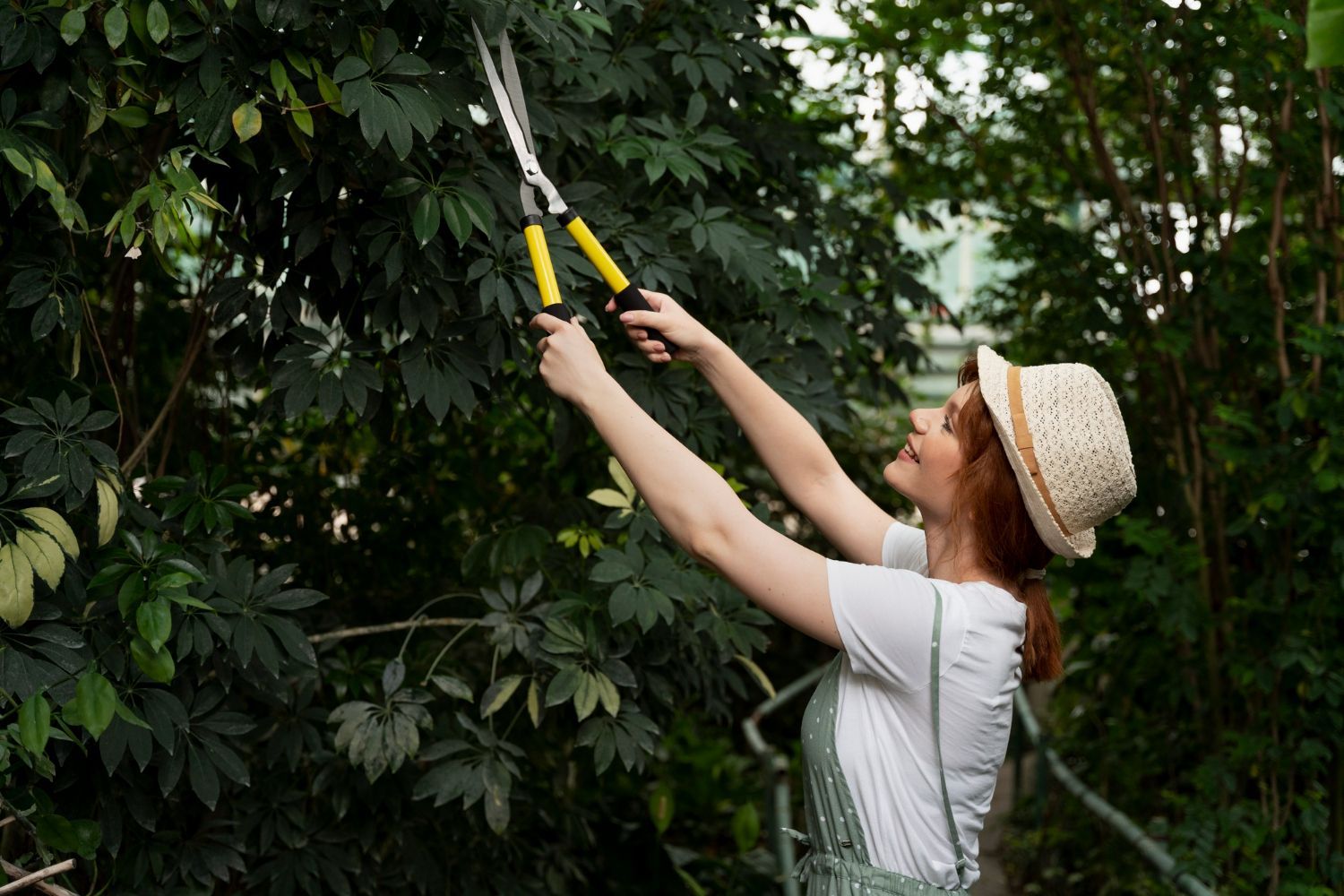
Tree Removal: When and Why It’s Necessary
Tree removal is a last resort — but sometimes, it’s unavoidable. Situations that demand removal include:
- Dead or dying trees
- Trees leaning dangerously
- Invasive root systems damaging plumbing
Never attempt large tree removal yourself. It’s risky, especially near power lines. Let a licensed expert handle it safely and efficiently.
Choosing a Professional Tree Service
You want more than just someone with a chainsaw. Look for:
- Certified arborists
- Positive customer reviews
- Licensed and insured companies
Working with a trusted Tree Service ensures your trees receive expert attention, reducing risk and improving outcomes.
Tree Service Tools Every Homeowner Should Know
You don’t need a full arsenal, but a few key tools make home care easier:
- Pruning shears for small branches
- Pole saw for higher limbs
- Mulching tools and garden fork
- Tree wrap for young trees in winter
Learn how to use each safely to avoid harming the tree — or yourself.
Tree Planting Best Practices
Planting a tree is an investment in the future. For success:
- Pick native species for climate compatibility.
- Dig a wide, shallow hole for strong roots.
- Water deeply after planting and add mulch.
Avoid planting too close to buildings, sidewalks, or utility lines.
Urban Tree Care Challenges
City trees deal with:
- Air pollution
- Soil compaction
- Vandalism or vehicle damage
Solutions include structural soil, root barriers, and regular inspections. Urban tree care requires creativity and consistency, but the rewards—shade, beauty, and cooler surroundings—are worth it.
The Eco-Friendly Side of Tree Care
Trees do more than beautify—they combat climate change and promote biodiversity. A mature tree can absorb over 48 pounds of CO₂ per year!
Supporting tree health means supporting:
- Cleaner air
- Habitat for wildlife
- Lower energy bills (from shade)
It’s one of the greenest things you can do for your property and the planet.
Seasonal Tree Care Checklist
Spring:
- Inspect for winter damage
- Start watering schedule
- Light fertilization
Summer:
- Mulch to retain moisture
- Monitor for pests
- Avoid heavy pruning
Fall:
- Deep watering before frost
- Remove dead limbs
- Apply protective wraps
Winter:
- Prune when dormant
- Protect young trees from snow/ice
- Reduce foot traffic near roots
A seasonal checklist keeps your trees in peak condition year-round.
FAQs
How often should I prune my trees?
Most trees benefit from pruning every 1-3 years, depending on species and growth rate.
Can I water my trees with a lawn sprinkler?
Not ideal. Deep watering at the base is better for root penetration.
What are signs my tree is dying?
Look for leaf discoloration, bare branches, and brittle bark.
Is mulch really necessary?
Yes! It retains moisture, protects roots, and improves soil quality.
How do I know if my tree has a pest problem?
Look for holes in leaves, sticky residue, or visible insects.
When should I call a tree service?
Call a
Tree Service if you see disease, damage, or need professional pruning/removal.
Conclusion
The art of tree care is a rewarding journey. It’s not just about keeping your landscape pretty—it’s about cultivating a safe, healthy, and vibrant outdoor space. From seasonal pruning to soil testing, every action you take contributes to your tree’s strength and beauty.
Whether you’re nurturing a sapling or maintaining a decades-old oak, give your trees the care they deserve—and when in doubt, don’t hesitate to Contact the experts.
Links

